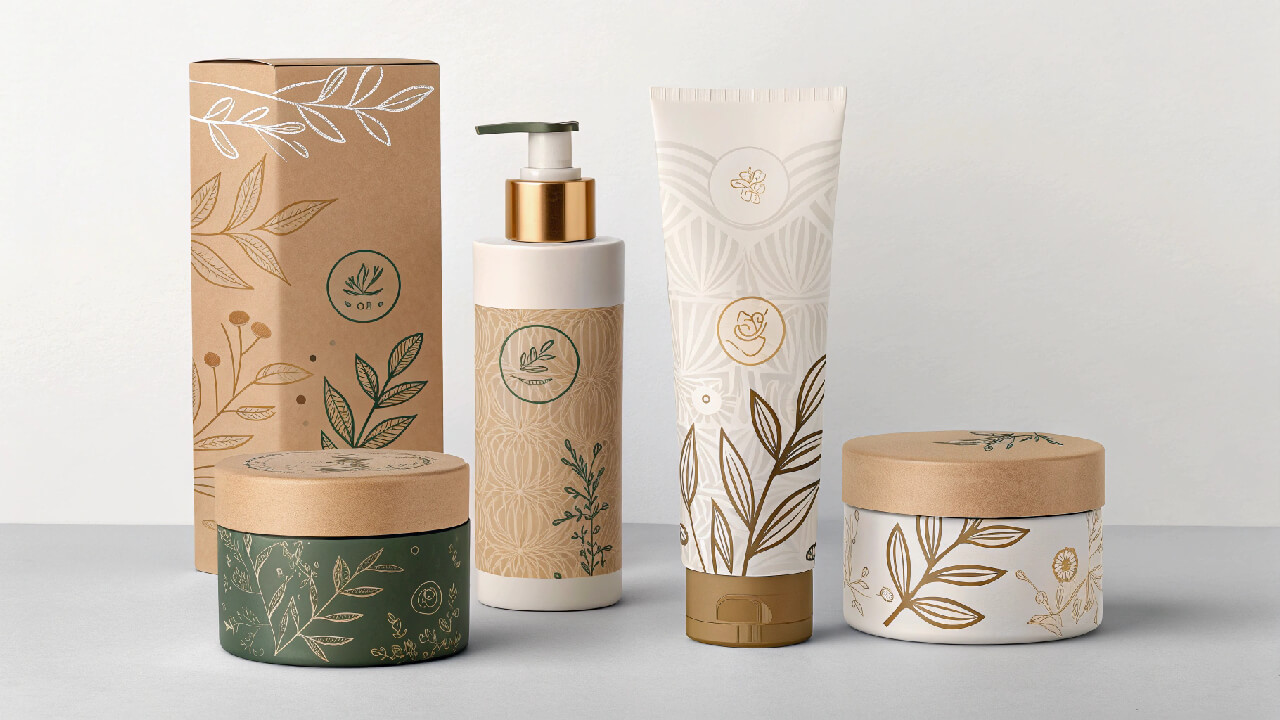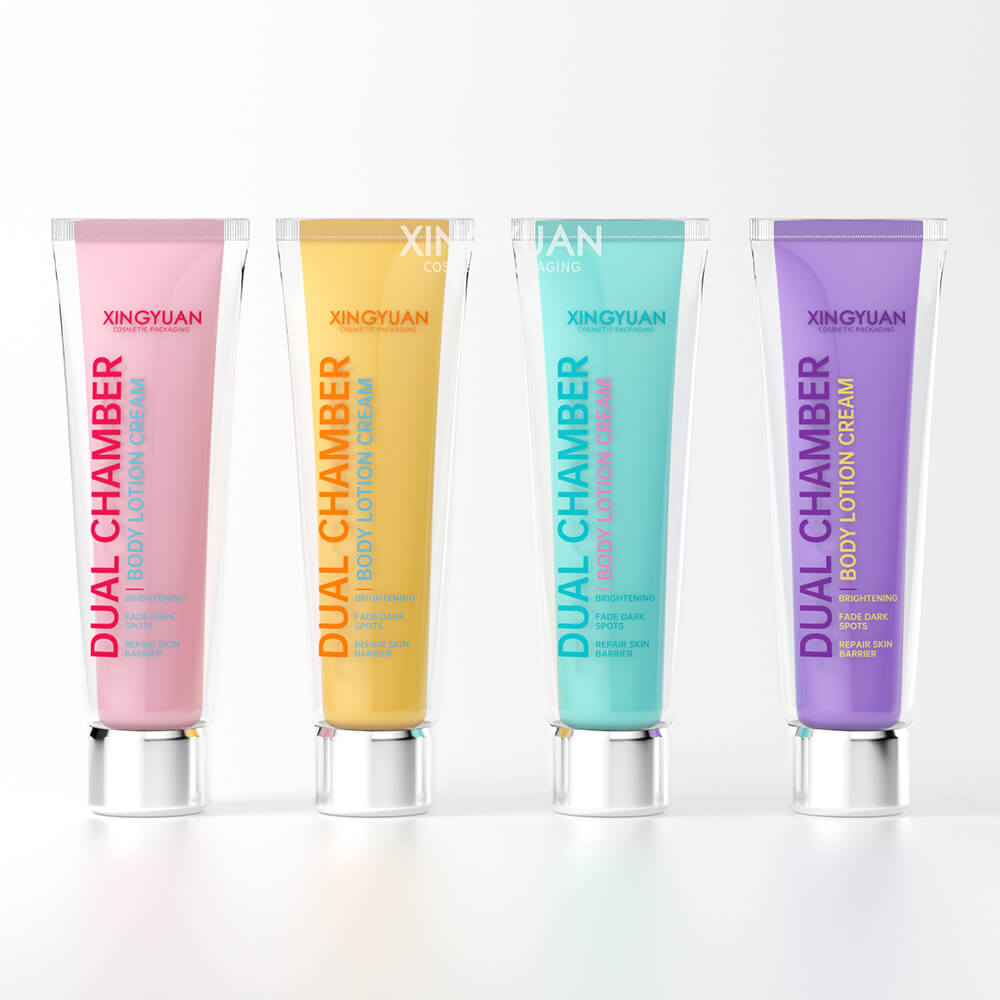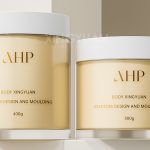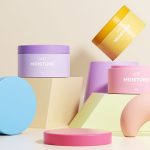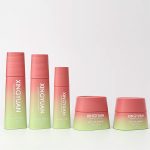Introduction
While custom molds offer a clear way to protect your brand’s packaging IP, they aren’t the only option. If you’re working with stock packaging or are not ready to invest in custom molds, there are still several strategies you can use to safeguard your unique packaging design. Let’s explore alternatives to ensure your brand remains protected from copycats and competitors.
How Can You Protect Your Packaging Without Custom Molds?
Even without custom molds, you can protect your packaging through trademarks, copyrights, trade dress, and non-disclosure agreements. These methods help secure your brand’s design and prevent unauthorized use, offering a legal framework for your unique packaging features. Design patents and trade secrets also provide extra protection.
Now that you know there are alternatives to custom molds, let’s explore how each protection method can help secure your packaging design.
1. Trademarks: The First Line of Defense
One of the most effective ways to protect your packaging without using custom molds is through trademark protection. By registering a trademark for your packaging’s design, logo, shape, or color scheme, you create a legal barrier that prevents others from using a similar design. A strong trademark gives your brand legal rights and exclusive ownership of certain visual elements.
- Shape Trademarks: If your packaging design includes a distinctive bottle or jar shape that is non-functional and unique to your brand, you can protect it as a shape trademark. For example, Coca-Cola’s iconic contour bottle shape is protected through trademark law.
- Trade Dress: This is a broader term that refers to the visual appearance of a product and its packaging. It includes the color, shape, design, and even the texture of the packaging. If your packaging is distinctive enough and creates consumer recognition, you can register it as trade dress.
2. Copyrights: Safeguard Unique Design Elements
- Copyright law is another excellent way to protect specific visual aspects of your packaging. This applies to creative designs, logos, and decorative elements on the packaging that are original and artistic.For example, unique illustrations, custom fonts, or intricate patterns on the packaging can be copyrighted. The key to copyright protection is that the design must have a certain level of originality and creativity.
- Unlike trademarks, copyrights do not require the packaging to be in use in commerce to be valid. However, registration with the relevant authority (e.g., the U.S. Copyright Office) offers stronger legal protection in case of infringement.
3. Non-Disclosure Agreements (NDAs) and Confidentiality Agreements
When dealing with packaging design or any proprietary information, having non-disclosure agreements (NDAs) in place with manufacturers, suppliers, or contractors is essential. NDAs ensure that your packaging designs are not shared or disclosed to third parties without your consent, helping to prevent intellectual property theft or leaks.
- NDAs are a legal safeguard, ensuring that anyone who works with your brand on packaging has a clear understanding of their obligation to protect your IP.
- This is particularly important when working with external design firms, product developers, or packaging manufacturers, as it helps avoid accidental or intentional misuse of your designs.
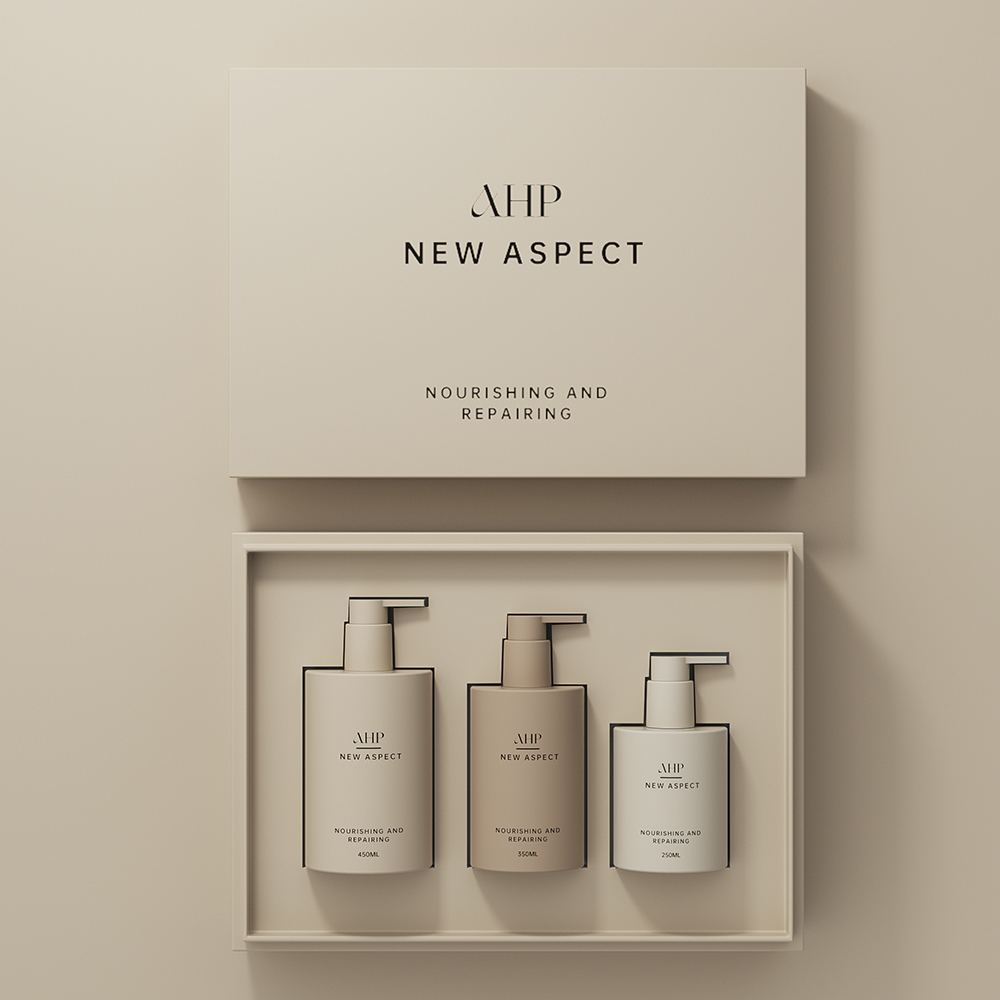
4. Trade Secrets: Protecting Behind-the-Scenes Information
Not all aspects of your packaging need to be visible to the consumer to be valuable. Some elements, such as formulas, materials, or processes involved in manufacturing, can be protected as trade secrets. While you may not patent or trademark these elements, keeping them confidential and limiting access within your organization can provide a level of protection.
- For instance, the specific blend of materials used in a unique cosmetic packaging design could be kept secret. As long as these processes or materials are kept confidential, they can give your brand an advantage over competitors.
- To protect trade secrets, ensure that your packaging design team is aware of its responsibilities and that the company has procedures in place to secure proprietary information.
5. Licensing Agreements: Prevent Unauthorized Use
If you’re collaborating with other companies for co-branding or third-party distribution, licensing agreements can be a useful tool in ensuring your packaging’s IP is protected. A licensing agreement clearly outlines the rights and restrictions for the use of your packaging design and ensures that your brand’s packaging is not misused or reproduced without authorization.
6. Design Patents for Functional Aspects
While functional aspects of packaging are not always protected by design patents, certain unique structural features of your packaging may qualify for design patent protection. For example, if your packaging includes a novel closure mechanism or an innovative feature that improves usability, it may qualify for a design patent.
- Design patents protect the ornamental design of an object, such as the visual appearance of your packaging. These patents are useful for protecting the unique shape or aesthetic of your packaging components, provided they meet the necessary novelty and non-obviousness requirements.
7. Digital Protection & Monitoring
In today’s digital age, protecting your packaging extends beyond legal measures. You can use digital watermarking or blockchain technology to embed unique identifiers in the digital designs of your packaging. This can be used to track the design’s origin and prove ownership in case of infringement.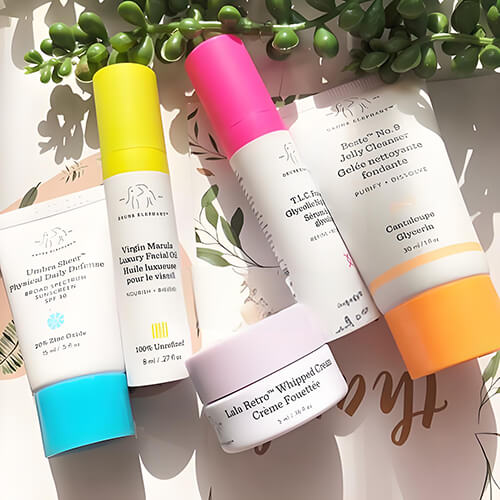
- Brand monitoring tools like Google Alerts or image recognition software can help you track the use of your packaging design online, alerting you to potential infringing copies that are being sold on third-party platforms.
Conclusion
While custom molds are a powerful way to protect packaging, other legal strategies and practices can offer robust protection for your brand’s packaging IP. By leveraging trademarks, copyrights, NDAs, and trade secrets, cosmetics brands can safeguard their unique packaging without the need for custom molds. By combining legal protections with monitoring, your brand can secure its packaging identity and maintain a competitive edge in the market.
Do You Really Need a Private Mold for Your Cosmetics Packaging?
The True Cost of Custom Molds in Cosmetic Packaging Explained with Real Numbers
Custom Mold or Stock Packaging? A Decision Guide for Cosmetics Brands
How Embossing and Debossing Protect Cosmetic Packaging Intellectual Property
What Are Alternatives to Custom Molds for Protecting Cosmetic Packaging Intellectual Property
How We Deliver a PET Blow Molding Sample in Just 30 Days
Beyond Bottles How Private Molds Elevate Every Component in Cosmetic Packaging
